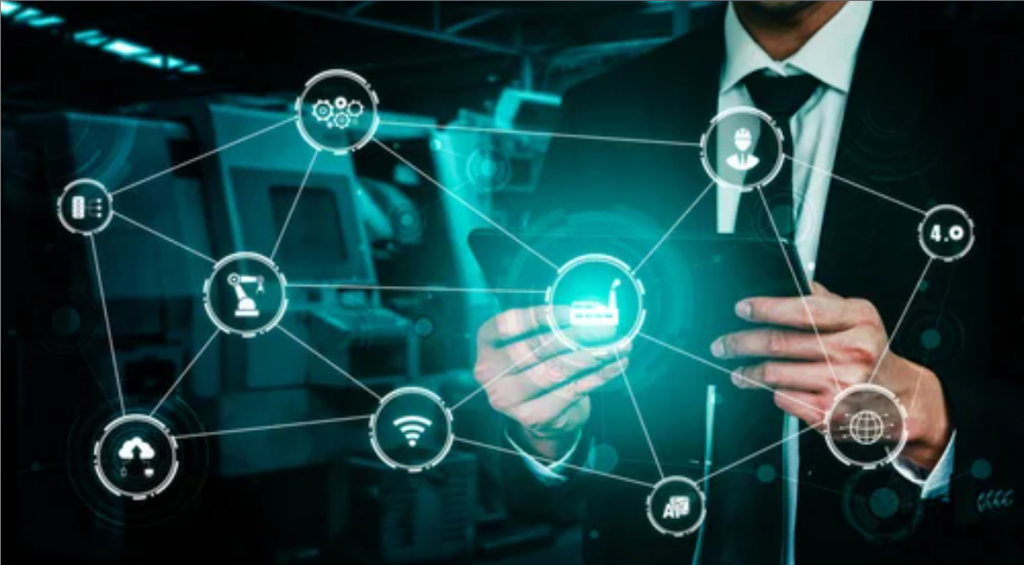Ken Allan, global cybersecurity leader at EY, outlines for The Accountant’s readers a watch list of trends that businesses should be aware of in year ahead
Cyber threats from the interconnected world
The sophistication of cyber-attacks is increasing, especially regarding attack routes, which are growing exponentially due to the rise of the Internet-of-Things (IoT). Long gone are the days of the client-server architecture and limited Internet access gateways, which was relatively easy to protect, with mobile, social media, customer and supplier ecosystems. Now, with the IoT, everything is connected with everything else. Previously disconnected systems – things are now becoming Internet-enabled, and "channel hopping" from one system to the next is a real threat to organizations. Approaches to cybersecurity will need to encompass the IoT. For example, the Security Operation Centre (SOC) will need to extend its coverage to include the IoT, and it should be subject to security reviews and penetration testing.
Growth in digital identities
The dramatic growth in the IoT means that organizations must rethink how they recognize and treat identities. Up to relatively recently, identities have all been associated with real people. To manage these traditional identities, organizations maintained directories – simple lists of staff, used to decide who should have access to what. The same approach has been used with customers, suppliers and third parties. When "things" are in the mix, and they may be owned and governed by different entities, the "directory lookup" function no longer applies. Instead, new collaborative trust models will need to be developed to enable trust to be shared from one IoT device, which has a high degree of trust, to another. This approach will require organizations to establish robust data ownership and date protection policies.
Hyper-regulation leading to a more complicated landscape
Hyper-regulation for all sorts of issues related to cybersecurity will make the compliance landscape even more complicated. This will not necessarily lead to better cybersecurity for many organisations, given the differences in regulation across jurisdictions.
For example, with the demise of the (Safe Harbour) agreement between the EU and the United States, it is likely that EU nations will develop separate regulation on data privacy over the next year, which will result in additional challenges for organisations covering many jurisdictions.
In addition, regulations around breach reporting, checks on cybersecurity maturity, and expectations of cyber exercises/incident response planning are proliferating, with little consistency across jurisdictions. The danger is that organisations will become so focused on complying with different requirements across jurisdictions that their ability to develop an overall strategic and balanced approach to cybersecurity improvements across their business will be jeopardized.
Criminal marketplace will become increasingly professional
The traditional classification of types of cyber attackers, their motivation, and skill levels is quickly evolving. Skilled individuals are able to advertise and sell their services to any interested group. As a result, these attacks become easier to launch, as long as there is money to pay for expertise. For example, it is easier to:
a. Buy sophisticated malware from credentialed vendors;
b. Deploy this malware, either through buying help or buying instructions along with the malware; and
c. Advertise for buying or selling criminal services.
Due to these changes, it is more important than ever for organizations to conduct a tailored threat assessment aligned to protect their most valuable data, and establish mitigation measures around vulnerabilities for access to it. In fact, all attackers – whether a 16 year old working alone, or an organised criminal network, or an insider – are getting more access to ways to compromise their chosen targets.
Traditional models for defense are no longer adequate
Our increasingly connected world continuously pushes the defensive capabilities of even the most mature organization. This is compounded by the diverse set of cyber attackers, their wide array of motivations and their continuously evolving tactics and techniques. The regular reporting of successful attacks indicates that traditional models for defense are no longer adequate. Leading organizations are looking for ways to more proactively engage their highest risk adversaries and protect their most critical data assets.
How well do you really know your competitors?
Access the most comprehensive Company Profiles on the market, powered by GlobalData. Save hours of research. Gain competitive edge.

Thank you!
Your download email will arrive shortly
Not ready to buy yet? Download a free sample
We are confident about the unique quality of our Company Profiles. However, we want you to make the most beneficial decision for your business, so we offer a free sample that you can download by submitting the below form
By GlobalDataAdvanced "active defense" to detect and respond to advanced cyber attacks
Advanced capabilities, such as "active defense," are being enabled through the use of security analytics. For example, security analytics can be used to detect deviations that are consistent with cyber attackers. Another example, behavioral analytics, has a significant advantage in "active defense," because it can be self-learning; it does not require evidence of past malicious behavior. Our perspective is that a mature and integrated set of security operations capabilities – powered by data science and an analytics platform – enables the visibility, context and insight needed to detect and respond to advanced cyber attackers. Moreover, by applying "active defense" techniques and leveraging security analytics, organizations will be able to shift the paradigm from reactive to proactive.





